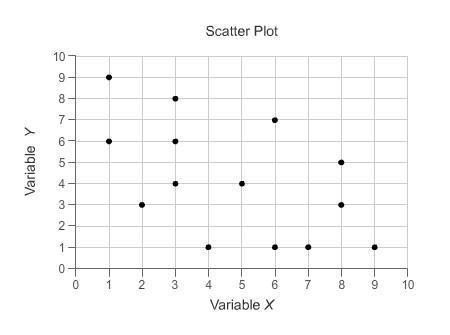
Mathematics, 21.11.2019 07:31 antcobra
Each morning during rush hour, 10,000 people want to travel from new jersey to new york city. if a person takes the commuter train, the trip lasts 40 minutes. if x thousand people per morning drive to new york, it takes 20 1 5x minutes to make the trip. this problem illustrates a basic fact of life: if people make their decisions individually, they will cause more congestion than is actually necessary. a. show that if people make their decisions individually, an average of 4000 people will travel by road from new jersey to new york. here you should assume that people will divide up between the trains and roads in a way that makes the average travel time by road equal to the travel time by train. when this "equilibrium" occurs, nobody has an incentive to switch from the road to the train or vice versa. b. show that the average travel time per person is minimized if 2000 people travel by road.

Answers: 1


Other questions on the subject: Mathematics


Mathematics, 21.06.2019 22:10, bigboss3026
Which of the following circles have their centers in the third quadrant?
Answers: 2

Mathematics, 21.06.2019 22:50, henryisasum7846
Jim had 15 minutes to do 5 laps around his school what would his time be
Answers: 1

Mathematics, 22.06.2019 01:20, lauretta
Aprobability experiment is conducted in which the sample space of the experiment is s={7,8,9,10,11,12,13,14,15,16,17,18 }, event f={7,8,9,10,11,12}, and event g={11,12,13,14}. assume that each outcome is equally likely. list the outcomes in f or g. find p(f or g) by counting the number of outcomes in f or g. determine p(f or g) using the general addition rule.
Answers: 2
You know the right answer?
Each morning during rush hour, 10,000 people want to travel from new jersey to new york city. if a p...
Questions in other subjects:

History, 17.07.2019 17:00





Biology, 17.07.2019 17:00

Social Studies, 17.07.2019 17:00






